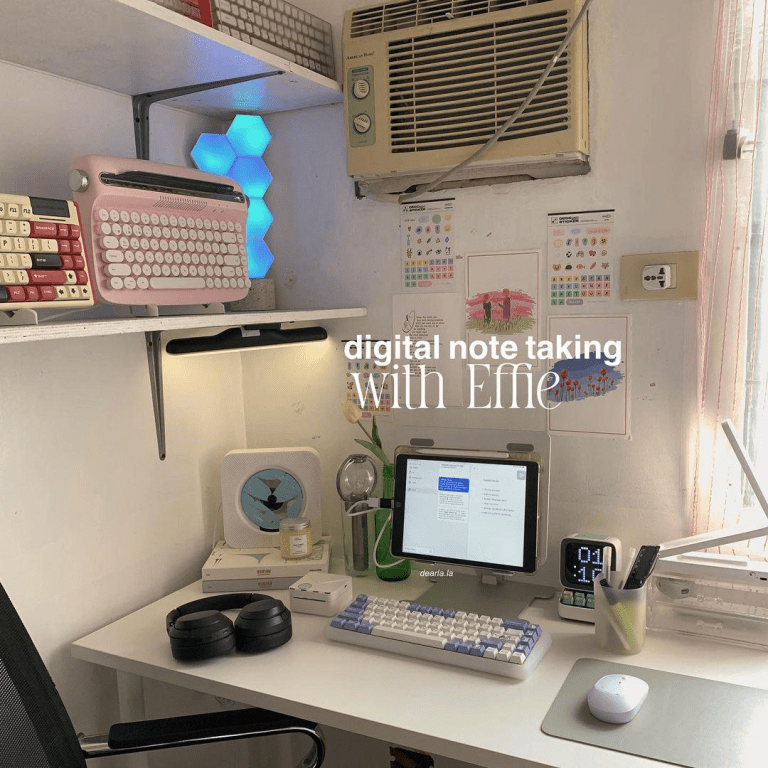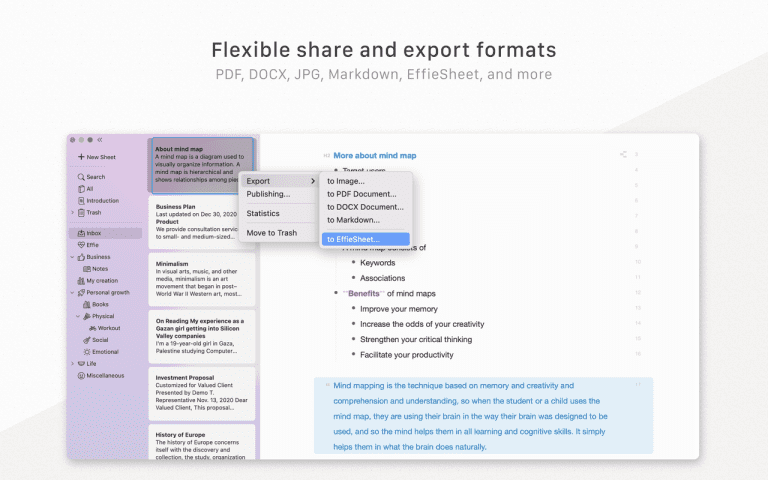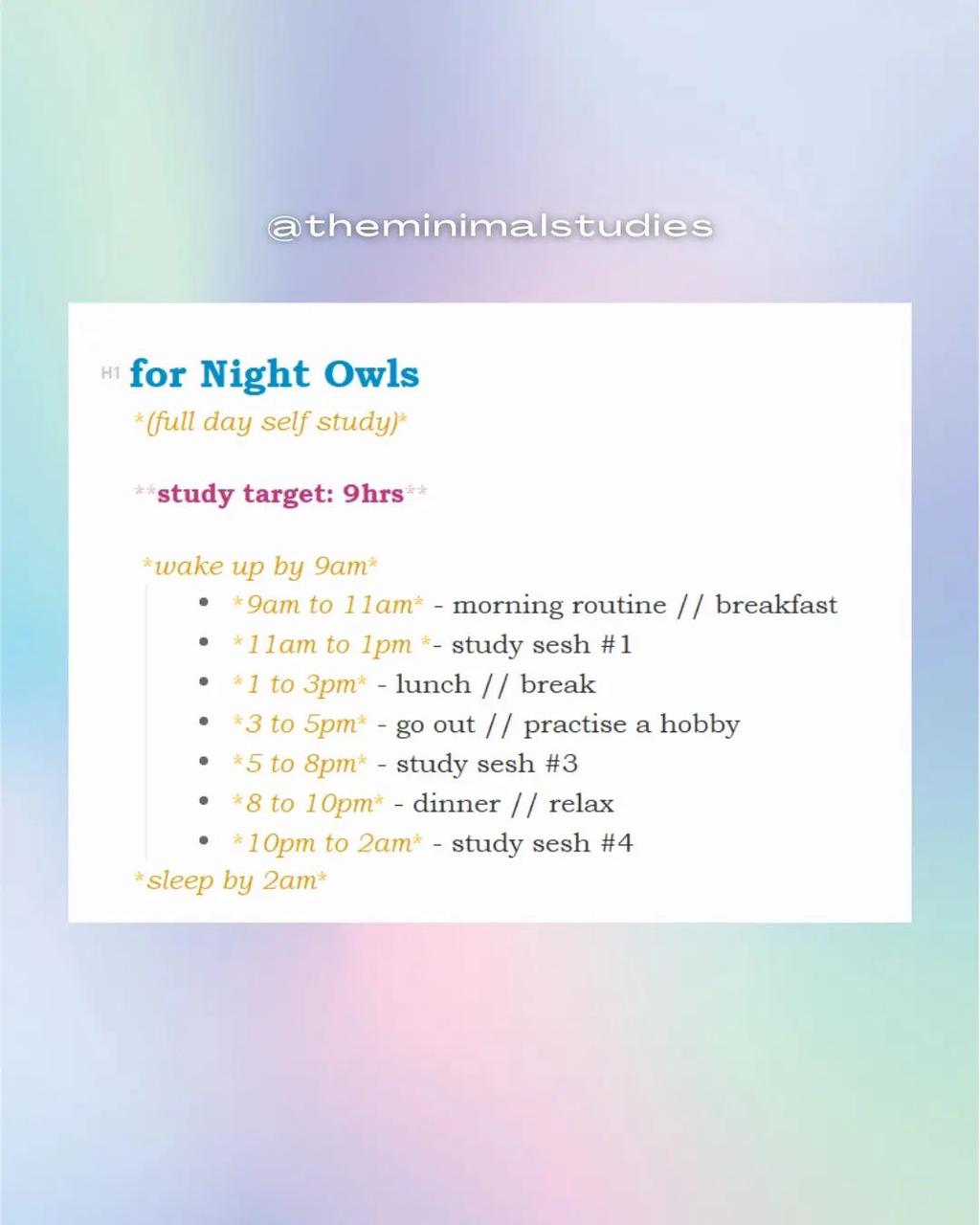How to Brainstorm For an Essay: Unlock Your Ideas
Looking at the empty paper, my head’s full of jumbled thoughts. How to brainstorm for an essay? Writing a great college essay feels huge. But guess what? The trick to finding your best ideas is simple: just start brainstorming. Yes, the very exercise that many students dread can actually be the catalyst for generating a captivating narrative. This narrative showcases your unique perspective. Brainstorming may often be perceived as a useless or frustrating endeavor. But it can be a transformative tool in the essay-writing process.
The goal is not simply to transcribe ideas you already have. It’s to uncover new, surprising connections and forgotten memories. These can serve as the foundation for a truly inspiring piece. Mixing up wild ideas with focused thoughts helps beat writing stuck. It also points you to the right topic for your college application.
Key Takeaways
- Brainstorming can unlock new ideas and connections for your college essay
- Engaging in both divergent and convergent thinking during brainstorming can help you overcome writer’s block
- Structured brainstorming sessions of 10-15 minutes can yield positive outcomes in generating ideas for essays
- Completing 2 to 3 brainstorming exercises in different modalities is a common practice among students
- Evaluating and filtering ideas through convergent thinking techniques aids in selecting the best possible topic for your essay
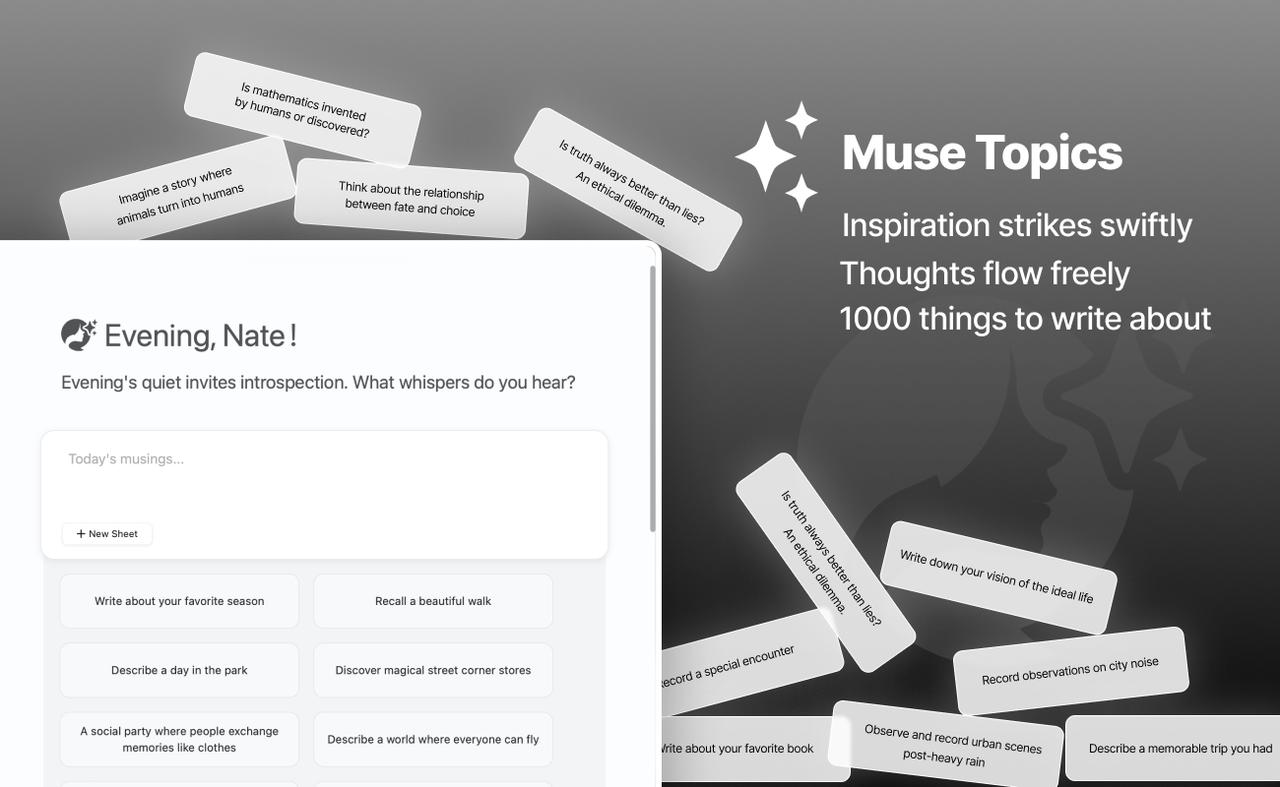
What is Brainstorming?
Brainstorming is a key creative process for writers to come up with ideas. It’s about making lots of ideas, alone or with others. For essay writing, Effie’s brainstorming tools for students simplify this process, allowing you to visually explore idea generation strategies.
The Goal of Brainstorming
The main aim of brainstorming for essays is to uncover hidden memories and connections. It helps you understand why you want to write about something. This info is vital for writing your essay.
Brainstorming can also help with writer’s block. It can either give you new ideas or help narrow down topics. Effie’s free writing exercises are designed to keep your ideas flowing freely, reducing the impact of writer’s block.
Benefits of Brainstorming for Essays
Brainstorming has many benefits for essay writing. Writers who brainstorm first tend to come up with better ideas. Effie’s platform helps you tap into your creativity by providing essay prewriting strategies, making the next steps easier.
Group brainstorming can bring in new views and angles. This can really help your creative process. Effie supports both solo and group brainstorming methods for writers, allowing collaboration or independent exploration of ideas.
To brainstorm well, create a space for creative thinking. Remove distractions and set aside time. Writing down your first ideas helps organize your thoughts and sparks more ideas.
When to Skip Brainstorming
Essay brainstorming techniques are often suggested before starting to write. But, there are times when you can skip brainstorming. If you’re deeply passionate about a topic or have gone through a significant life event, you might jump straight into writing.
Even if you have a clear topic, it’s still good to do some essay prewriting strategies. Brainstorming can help find new ideas for other essays or give you a fresh view of your main topic. Effie’s mind mapping for essays let you see all sides of a subject, making sure you cover every bit.
Research shows that solo brainstorming can be more effective than group brainstorming. People working alone can come up with twice as many ideas. Problems like “Production Blocking,” “Evaluative Apprehension,” and “Free Riding” can make group brainstorming less effective.
Instead, try brainwriting or question storming. These methods let people work alone and then share their ideas. They can help avoid the issues that come with traditional group brainstorming.
How to Brainstorm For an Essay
Starting a captivating essay begins with unlocking your ideas through brainstorming. First, find the best place and conditions for brainstorming. Think about your location, background noise, and whether you like writing by hand or using digital tools.
Set the Right Environment
The right setting is key for brainstorming. Some prefer quiet, while others like the buzz of a café. Try different places to see what sparks your creativity.
Try Different Brainstorming Exercises
After setting up your ideal space, try various brainstorming exercises. Techniques like “Writing Territories” or “Heart Maps” can help. They encourage you to think freely and come up with lots of ideas.
- Freewriting involves setting time or space limits to encourage speed and freedom of thought.
- Listing/bulleting allows you to jot down words and phrases under a specific topic.
- Cubing prompts you to consider the topic from six different directions: describe, compare, associate, analyze, apply, and argue.
- Similes encourage you to complete sentences like “[Term] is like [comparison]” to uncover new associations.
- Clustering/mapping/webbing helps you visually connect related ideas.
By trying different brainstorming exercises, you’ll find a treasure trove of ideas. These ideas will help shape a compelling essay. Effie’s brainstorming tools for students simplify the organization and connection of ideas, leading to well-structured essays.
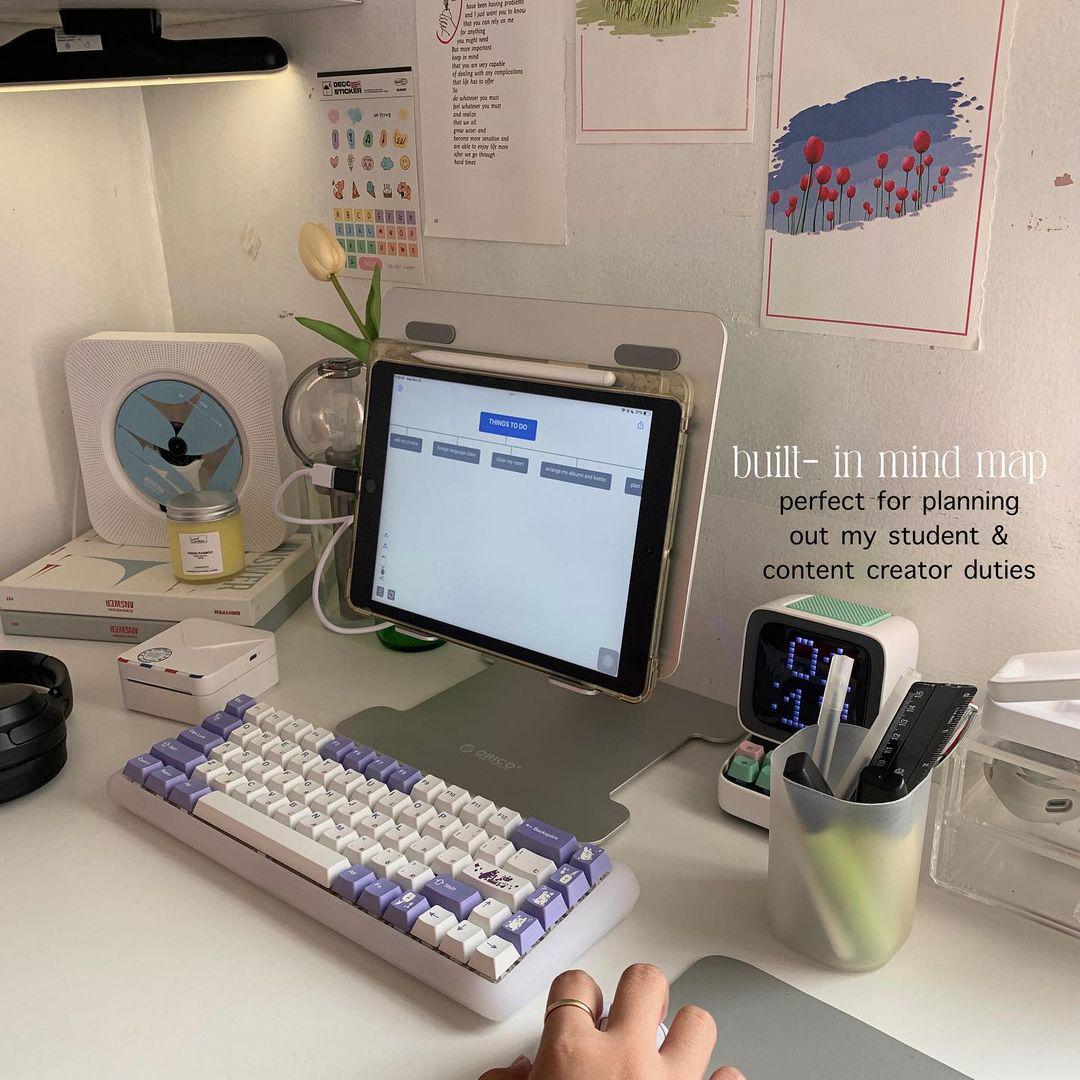
Evaluating Your Brainstorming Ideas
After brainstorming, it’s time to think more deeply about your ideas. Look over your brainstorming and mark the ideas you like best. Mark your favorite ideas, scratch out the boring ones, and highlight the maybes. This helps pick the top choices for your paper.
Effie’s essay planning strategies help you filter and organize these ideas, making the evaluation process simpler and more effective.

Testing Your Essay Topic Ideas
After narrowing down your ideas, freewriting is a great way to test and develop them. Spend at least 10 minutes writing continuously about each top idea. Don’t stop or censor yourself. This can reveal more details, anecdotes, and connections that strengthen your free writing exercises and essay prewriting strategies.
Freewriting can bring your essay topic ideas to life. Effie’s free writing tools allow you to set timed sessions, encouraging a smooth flow of thoughts. Here are some tips:
- Clock 10-15 minutes and write nonstop. No pausing or fixing.
- Write whatever pops in your head. No filtering.
- Experiment with different sensory details, vivid descriptions, and personal anecdotes to bring your topic to life.
- Look for connections, themes, and underlying strengths that could shape a compelling essay narrative.
Freewriting on your potential topics can reveal hidden gems. It helps you find the idea that truly resonates with your experiences and aspirations. This valuable prewriting process will prepare you to write a standout college application essay.
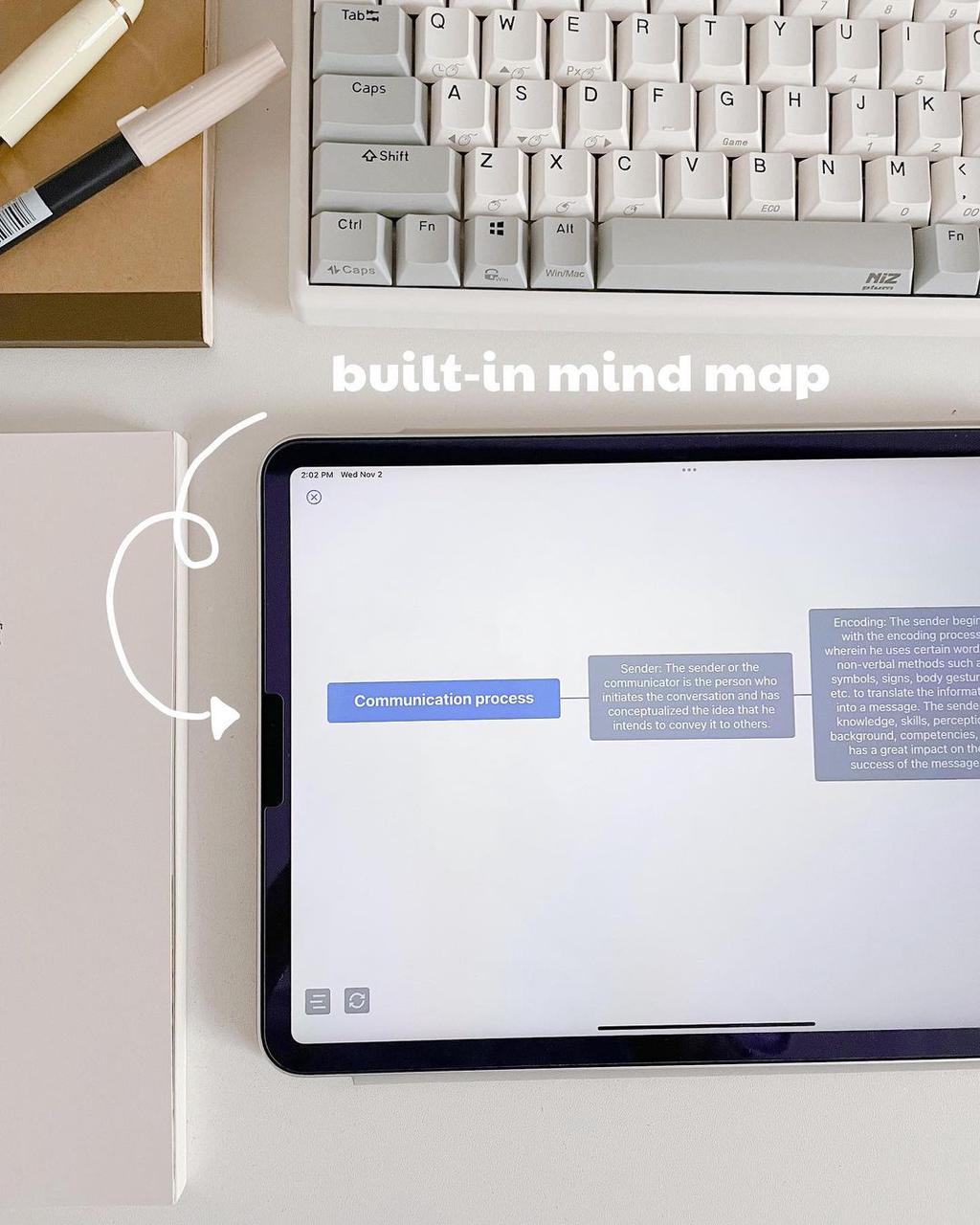
Conclusion
Brainstorming is key in essay writing. It helps you find new ideas for your college application. By creating the right setting and using different brainstorming methods, you can find a great essay topic.
Don’t shy away from brainstorming. It can give you valuable insights for your college essay. Effie supports every stage of this process, from idea generation to structuring and writing.
FAQ
What is the purpose of brainstorming for an essay?
Brainstorming for an essay aims to find new connections and memories. It helps you choose the best topic for your college application. Effie’s tools for brainstorming and mind mapping catch all your key thoughts.
What are the benefits of brainstorming for essays?
Brainstorming uncovers memories and connections you might have forgotten. It helps you understand why you want to write about a topic. It also beats writer’s block by offering new ideas or narrowing down topics.
When can I skip the brainstorming process?
Skip brainstorming if you’re deeply passionate about a topic or have a significant life event to share. Even with a clear topic, brainstorming can reveal new ideas for future essays.
How do I set up the right environment for brainstorming?
Find the best place to brainstorm by considering your work environment. Think about location, noise levels, and whether you prefer writing by hand or digitally.
What brainstorming exercises can I try?
Try exercises like “Writing Territories” or “Heart Maps.” They activate your brain and encourage creative thinking. This helps you come up with many ideas without worrying about what others think.
How do I evaluate my brainstorming ideas?
After brainstorming, review your ideas. Circle the ones you like, cross out the ones you don’t, and underline the unsure ones. Narrow it down to your top ideas.
How can I further test and develop my essay topic ideas?
Spend 10 minutes writing freely about each top idea. This reveals more details and connections. Freewriting helps you see which idea truly resonates with you and will impress admissions officers.
Source Links
- How to Brainstorm a College Essay – https://www.collegetransitions.com/blog/college-essay-brainstorming/
- College Essay Brainstorming: 4 Exercises to Think Outside the Box – https://lessonpal.com/blog/post/college-essay-brainstorming-4-exercises-to-think-outside-the-box
- Brainstorming: How to Generate Ideas and Improve Your Writing – https://www.grammarly.com/blog/brainstorming/
- Eight smart ways to brainstorm college essays – https://ili.edu/2020/12/03/academic-writing-tip-8-brainstorming-techniques/
- Stop brainstorming – https://matthewstrom.com/writing/stop-brainstorming/
- Need Creative Ideas? Quit Brainstorming – https://neuroleadership.com/your-brain-at-work/need-creative-ideas-quit-brainstorming/

